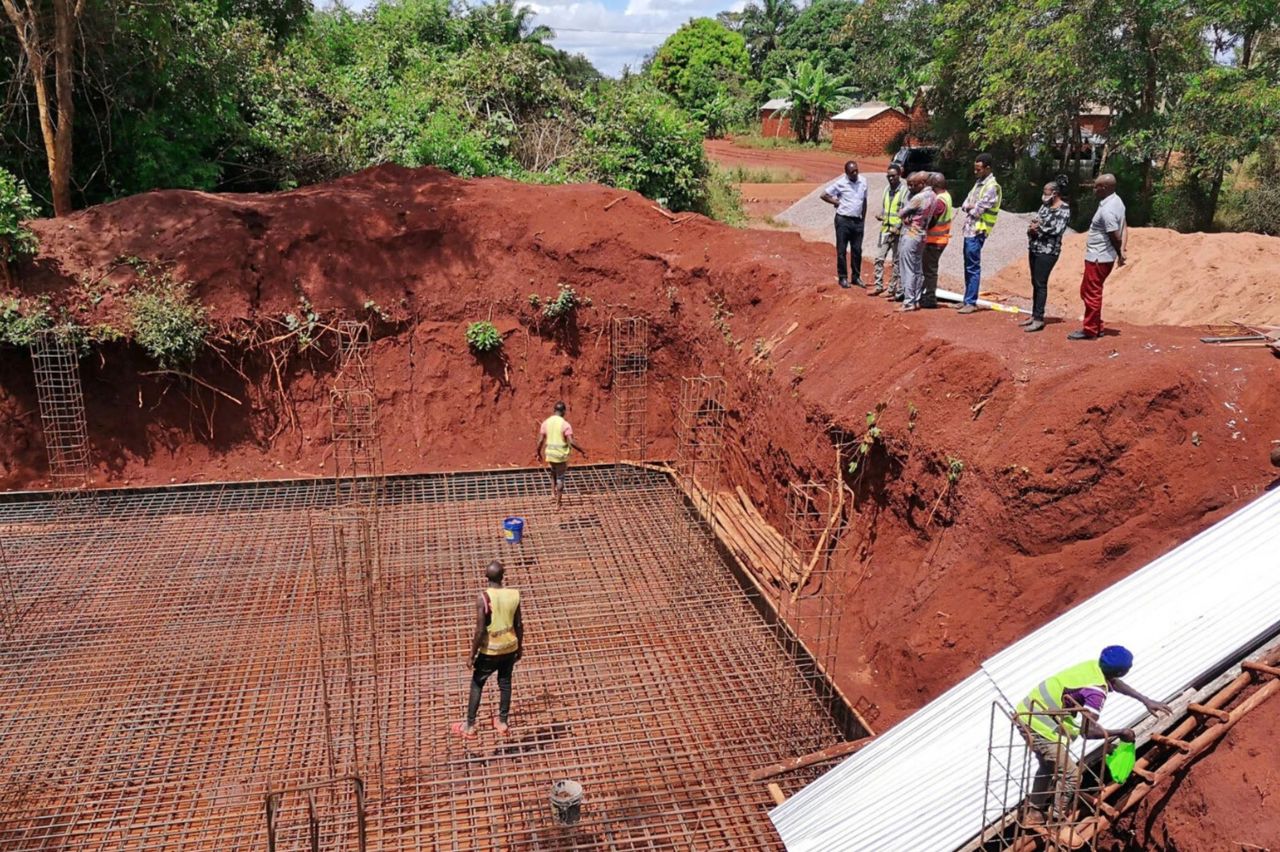
Project reference
22-0134-012-TZA-WaSKiRP-BE
Contract duration
2024 - 2025
Budget
28,975
(30,878.83 EUR net contract value plus 5,505.25 EUR local taxes in Germany)
Countries
Tanzania
Keywords
Environment, Infrastructure, Monitoring & Evaluation
End-term evaluation (ETE) of the Water and Sanitation Kigoma Region Project (WASKIRP)
Enabel commissioned the end-term evaluation (ETE) of the Water and Sanitation Kigoma Region Project (WASKIRP).
The WASKIRP project was aligned with Tanzania's development goals under the Water Sector Development Programme (WSDP) (2006–2025) by enhancing water infrastructure, supporting Community-Based Water Supply Organisations (CBWSOs), and providing Water, Sanitation, and Health (WASH) training to ensure sustainable village water services. The initiative, backed by an initial budget of €8.8 million (€8 million from Belgium and €800,000 from Tanzania), collaborated with local authorities, including the Rural Water and Sanitation Agency (RUWASA) and community leaders, to address water supply challenges across six districts in the Kigoma region, serving approximately 200,000 residents across 15 villages.
The end-term evaluation aimed to generate evidence-based findings that highlighted both the project's positive impacts and its added value, while also identifying areas requiring further attention from the WASKIRP phase-out intervention team and the Enabel formulation teams.
Beyond assessing project performance, the evaluation provided actionable and realistic recommendations aligned with its objectives, offering valuable guidance for future interventions in similar sectors.
A key component of the evaluation was the extraction of lessons learned from both the project formulation and implementation phases, emphasising experiences—both positive and negative—that had influenced performance, achievement of results, and impact generation.
The ETE covered all OECD-DAC evaluation criteria (relevance, coherence, efficiency, effectiveness, impact, and sustainability), albeit at varying levels of depth. The primary focus was on the specific analysis of efficiency, effectiveness, and sustainability. The evaluation was conducted in accordance with the principles and criteria established by the OECD and the DAC for Development Aid, with adjustments made by Enabel.
It integrated cross-cutting themes such as gender and the environment, as well as horizontal aspects, including results-based steering and monitoring. In line with the human rights-based approach, special attention was given to gender in this intervention, which was designed to be as environmentally neutral as possible.
The WASKIRP project was aligned with Tanzania's development goals under the Water Sector Development Programme (WSDP) (2006–2025) by enhancing water infrastructure, supporting Community-Based Water Supply Organisations (CBWSOs), and providing Water, Sanitation, and Health (WASH) training to ensure sustainable village water services. The initiative, backed by an initial budget of €8.8 million (€8 million from Belgium and €800,000 from Tanzania), collaborated with local authorities, including the Rural Water and Sanitation Agency (RUWASA) and community leaders, to address water supply challenges across six districts in the Kigoma region, serving approximately 200,000 residents across 15 villages.
The end-term evaluation aimed to generate evidence-based findings that highlighted both the project's positive impacts and its added value, while also identifying areas requiring further attention from the WASKIRP phase-out intervention team and the Enabel formulation teams.
Beyond assessing project performance, the evaluation provided actionable and realistic recommendations aligned with its objectives, offering valuable guidance for future interventions in similar sectors.
A key component of the evaluation was the extraction of lessons learned from both the project formulation and implementation phases, emphasising experiences—both positive and negative—that had influenced performance, achievement of results, and impact generation.
The ETE covered all OECD-DAC evaluation criteria (relevance, coherence, efficiency, effectiveness, impact, and sustainability), albeit at varying levels of depth. The primary focus was on the specific analysis of efficiency, effectiveness, and sustainability. The evaluation was conducted in accordance with the principles and criteria established by the OECD and the DAC for Development Aid, with adjustments made by Enabel.
It integrated cross-cutting themes such as gender and the environment, as well as horizontal aspects, including results-based steering and monitoring. In line with the human rights-based approach, special attention was given to gender in this intervention, which was designed to be as environmentally neutral as possible.